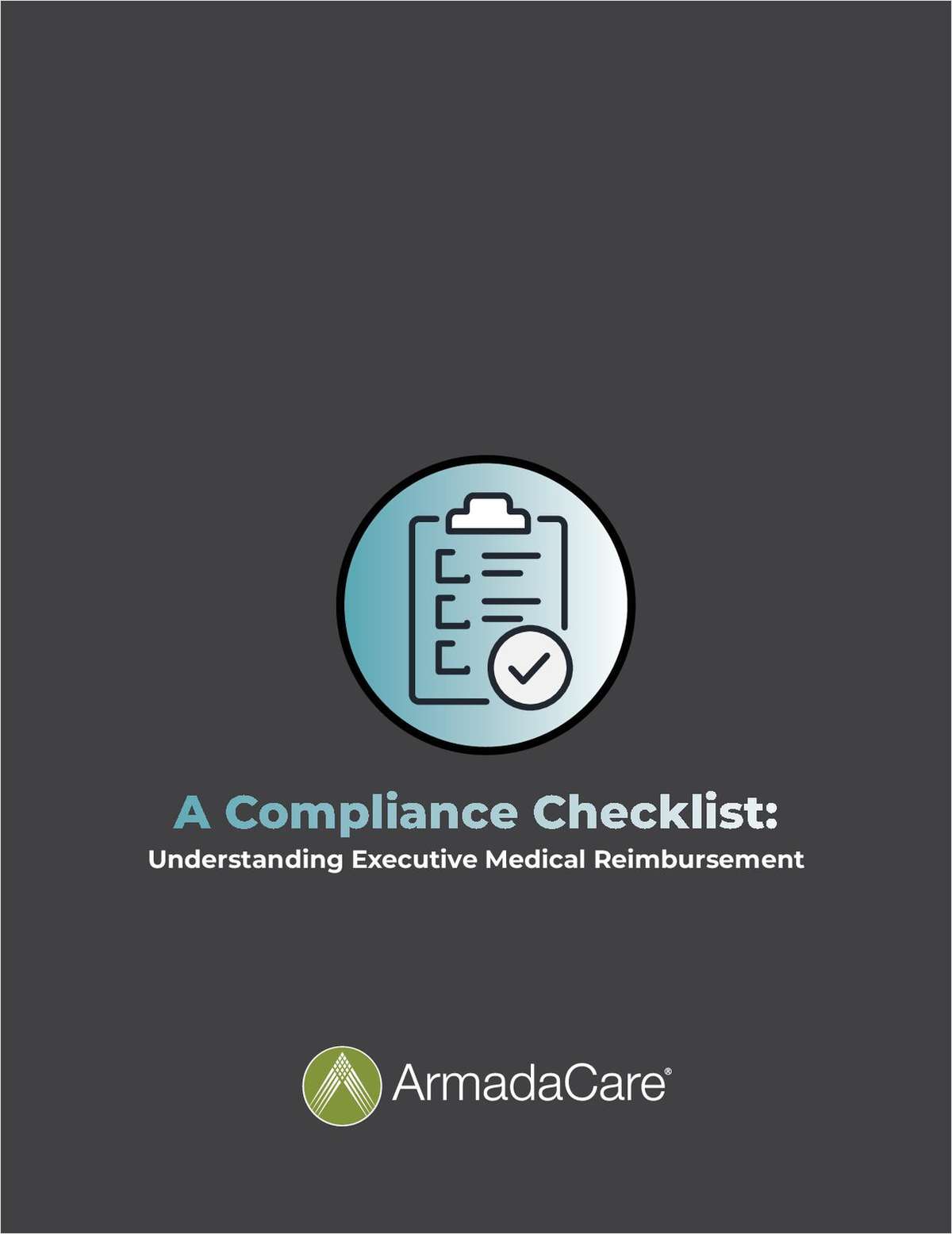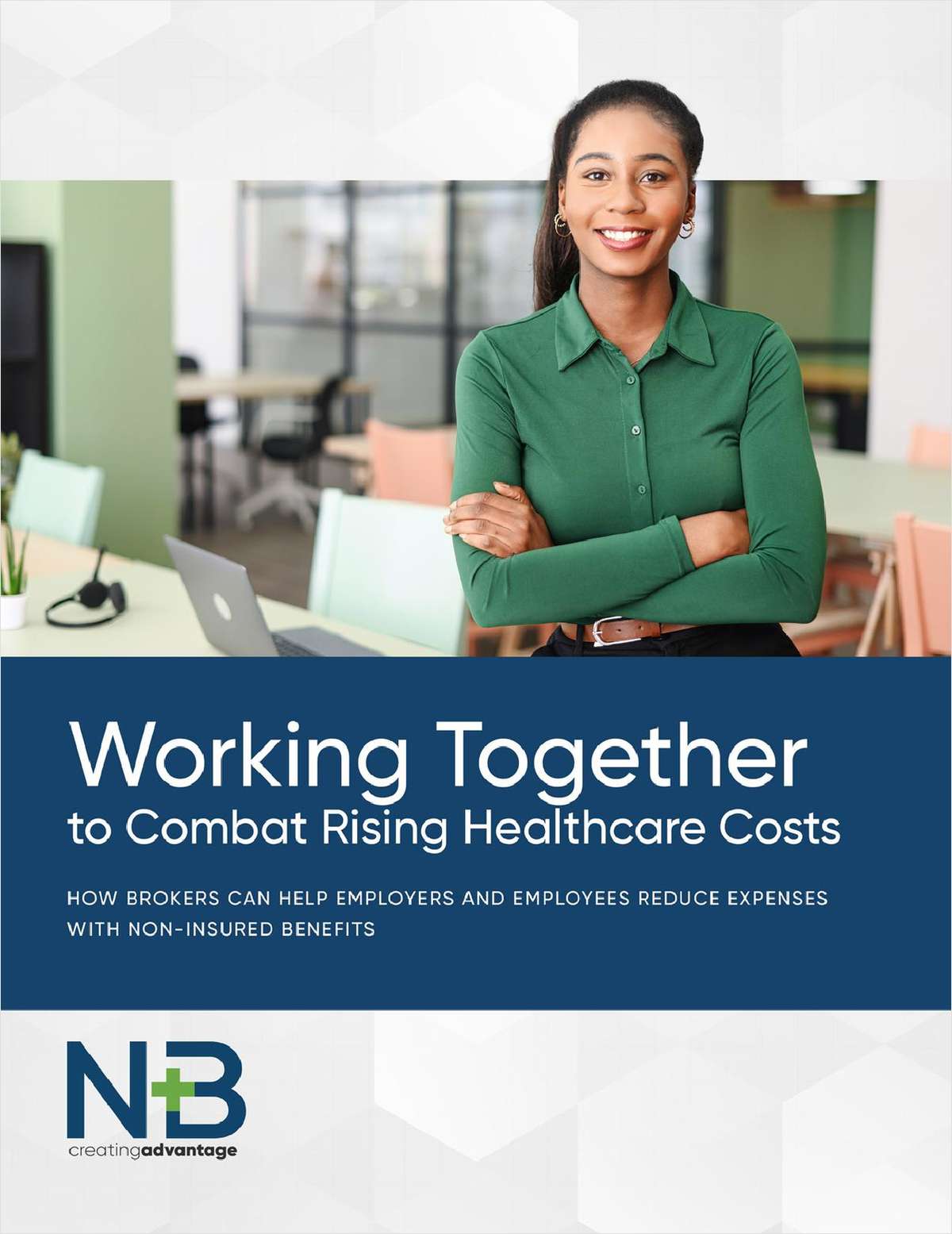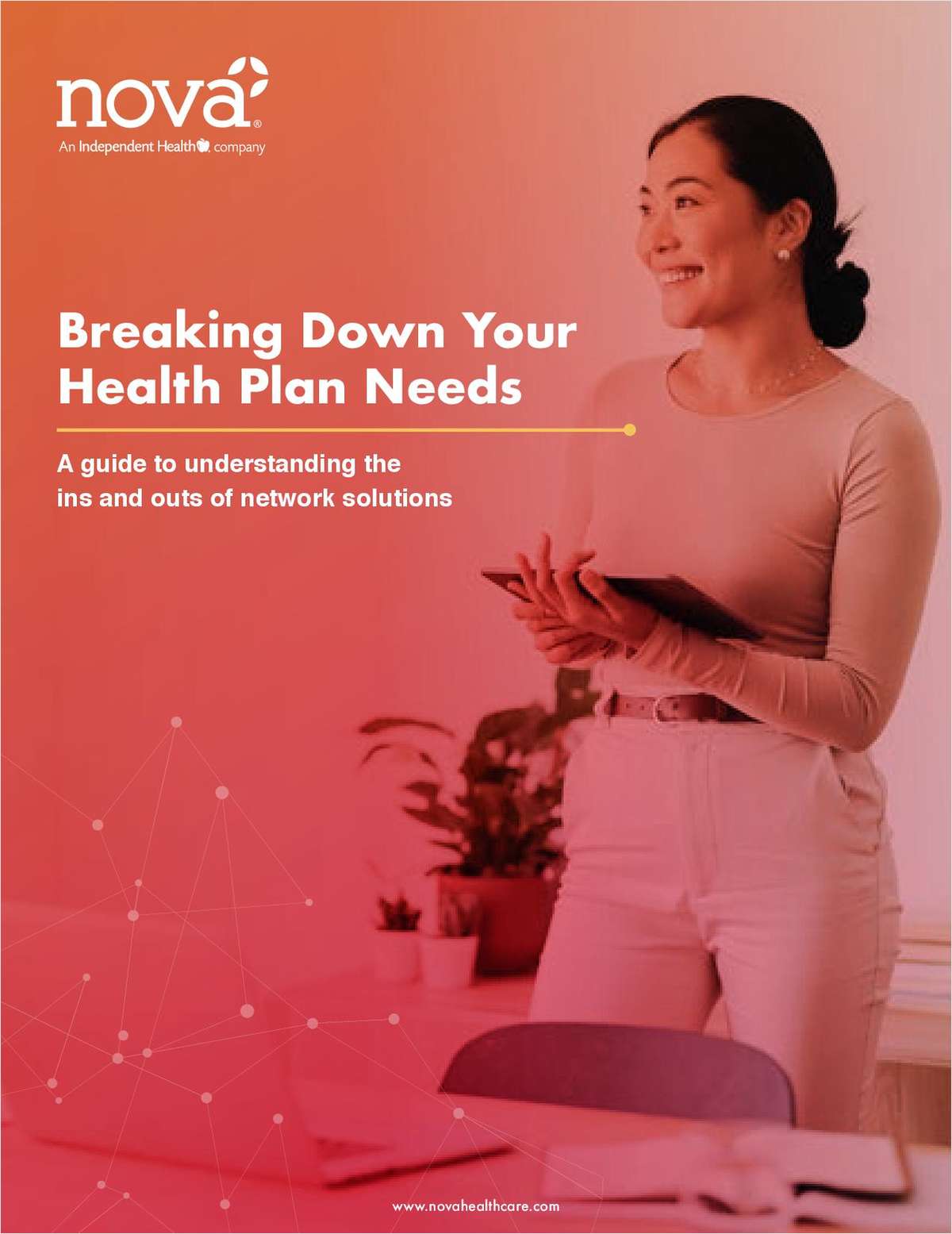What would you discover if you had a change to sit down and absorb the collective wisdom of all those within your industry?
Think about it. Thousands of minds all focused on interesting and pertinent topics; tens of thousands of ideas churning about in a sea of non-stop thinking.
This is the beauty of crowd-sourcing, a technique growing in popularity thanks in part to the internet in general and social media in particular.
Consider this: You don’t need modern technology to benefit from the combined synergy of a million minds. The tool has existed ever since inventory managers could determine which authors sell the most books.
But it’s not the authors I’m focusing on, it’s the readers. Any “Most Read” list reflects the pooled perceptions of a powerful population.
Would you like to profit from the insights of such a group? This is the time of year when such opportunities abound, (for example, see “The Ten Most Popular 2015 FiduciaryNews.com Articles for the 401k Plan Sponsor and Fiduciary,” FiduciaryNews.com, December 29, 2015).
The “best seller” list of the previous year often serves as a reliable crystal ball when it comes to foreseeing the coming year. Those familiar with space-time physics will recognize the term “world line.” World lines represent a linear progression of events in time. They don’t represent time itself, but the combined space-time continuum.
What’s interesting about world lines is that they can theoretically branch off like a decision tree. And, like decision trees, the farther down the tree you travel, the more branches that appear (and exponentially at that).
For example, if every decision has two possible outcomes, after two decisions, you have four possible outcomes, after three decisions, you have eight possible outcomes, etc. In the case of world lines, each branch reflects a separate reality--a different universe, if you will--each one representing a difference sequence of outcomes.
This digression into physics (or is it philosophy, sometimes I get confused), is not without purpose. For you see, like a world line, the collective wisdom of the crowd reveals to us trending topics, and we can extrapolate from those trends.
Near-term, that extrapolation can be remarkably reliable. Longer-term, however, well, those exponentially growing outcomes become burdensome and seeing that far into the future gets a bit hazy at best.
So, what do the trends of 2015 tell us about the events of 2015? First and foremost, we have the giant elephant in the room.
Last year it was the Supreme Court Tibble decision. In 2016 it will be the DOL’s fiduciary rule.
As 2014 came to a close, the pundits were busy predicting the cataclysmic changes the eventual Supreme Court Tibble ruling would have on the retirement plan industry.
Sound familiar? Are we hearing echoes of Tibble in the lamentations of those decrying the imminent catastrophe to be wrought by the pending DOL fiduciary rule?
Yet, what became of all that Tibble Doomsday talk? Nothing. While Tibble was a significant ruling, it didn’t really tell us anything we didn’t already know.
Perhaps the same can be said of the fiduciary rule (or, for that matter, a Trump presidency?).
Things always seem darkest when we have only speculation, not experience. Once we inhabit a particular world line, we become quite comfortable with its surroundings.
It’s fun to speculate (and it sells newspapers), but once the source of speculation dissipates (either through extinction or absorption), things return to normal. In which case, it is those “evergreen” most read stories which yield the most insight (“evergreen,” for those not in the publishing business, refers to articles that remain relevant no matter the year).
Those are the articles to focus in on, not the ones that will only end up in the “Whatever Happened To…” list.
Complete your profile to continue reading and get FREE access to BenefitsPRO, part of your ALM digital membership.
Your access to unlimited BenefitsPRO content isn’t changing.
Once you are an ALM digital member, you’ll receive:
- Breaking benefits news and analysis, on-site and via our newsletters and custom alerts
- Educational webcasts, white papers, and ebooks from industry thought leaders
- Critical converage of the property casualty insurance and financial advisory markets on our other ALM sites, PropertyCasualty360 and ThinkAdvisor
Already have an account? Sign In Now
© 2025 ALM Global, LLC, All Rights Reserved. Request academic re-use from www.copyright.com. All other uses, submit a request to [email protected]. For more information visit Asset & Logo Licensing.








